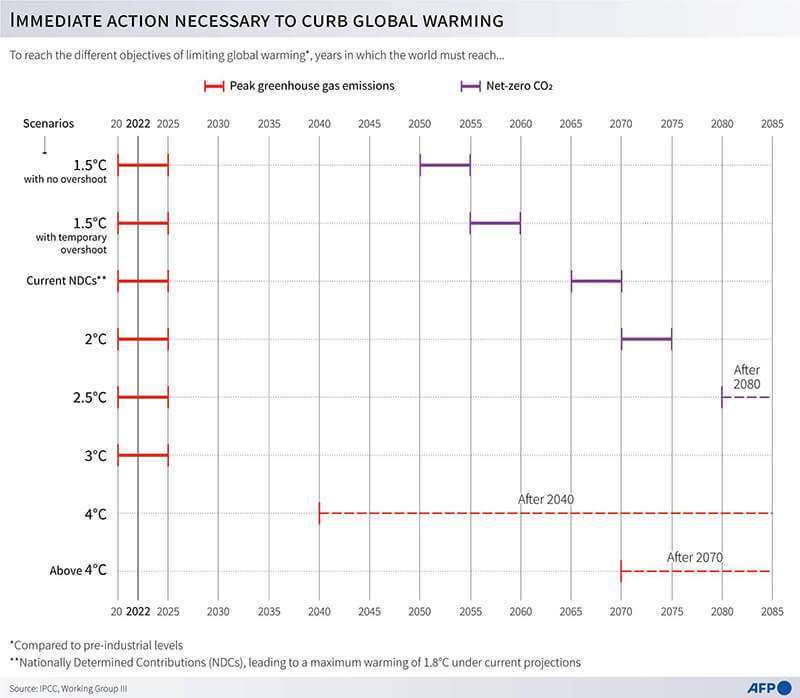The world's largest CO2 capture farm will be in Morocco

Morocco will host the new 30-hectare algae farm charged with cleaning carbon dioxide from the air in a natural way.
The North African country's desert has been hosting pilot projects since 2013 that use seawater to breed algae, these marine plants have already proven to have great capabilities to clean the atmosphere of CO2. After four years of research on small three-hectare farms, Brillant Planet, the London-based company in charge of the project, will build a 30-hectare pilot farm in the Moroccan desert. The project's chief scientist and co-founder of Brilliant Planet says that the capture farms are an option that creates a new Net Primary Productivity: "By using empty sea and desert water that would otherwise not have come to the surface, our solution creates a 'new' Net Primary Productivity. In other words, we use underutilised natural resources to grow new biomass and extract excess carbon dioxide," according to the North Africa Post.

To carry out this project, the company raised 12 million euros, a reasonable investment considering that the benefit of algae farms is twofold: not only does it clean up to thirty times more carbon dioxide per year than rainforests, but it also removes acid from coastal seawater to pre-industrialisation levels.
The British startup's new project on Moroccan soil will have a two-pronged approach: commercial demonstration and R&D development, the latter to be carried out in London. Brilliant Planet's business model aims to reduce the cost of trapping carbon dioxide to less than $50 per tonne, using a simple project approach. Brilliant Planet replicates in large saltwater pools near the coast the living conditions of a particular type of algae that cleans CO2 from the air and removes acid from the seawater, which is then returned to the Atlantic. In addition, the project obtains the necessary energy from sunlight, which is obtained in large quantities in the Sahara desert, and does not use fresh water, so it is a process that does not contribute to pollution at any point. These carbon dioxide capture farms come at a time when, according to the latest report of the Intergovernmental Panel on Climate Change (IPCC), humanity has already passed the point of maximum CO2 emissions into the atmosphere, so cleaning the air has become a crucial objective.

Until now, some countries such as Australia have already been using technology to neutralise their carbon dioxide emissions into the atmosphere. These are a series of expensive, limited-performance machines that absorb CO2 particles and hide them underground, but do not transform or eliminate them.

With this project, Morocco joins Iceland as a major carbon dioxide removal hub on the planet. The island nation is capable of eliminating up to 4,000 tonnes of CO2 per year through a system of filters capable of absorbing carbon dioxide, which is then mixed with water, dissolved and injected into basaltic rocks located more than 1 km underground. This technology is expensive and has a lower environmental impact than the algae farm, but both are a step forward in humanity's fight against climate change.








